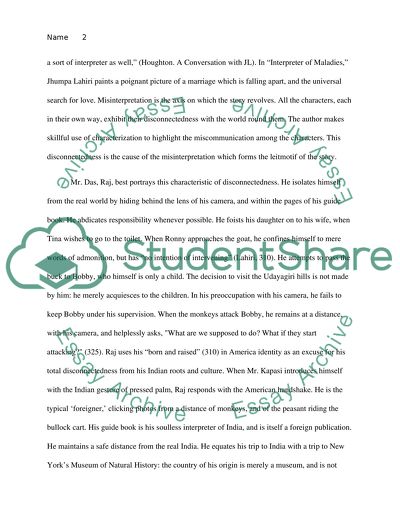Cite this document
(“Interpreter of Maladies: A Story of Misinterpretation Essay”, n.d.)
Retrieved from https://studentshare.org/literature/1428753-analysis-of-interpreter-of-maladies
Retrieved from https://studentshare.org/literature/1428753-analysis-of-interpreter-of-maladies
(Interpreter of Maladies: A Story of Misinterpretation Essay)
https://studentshare.org/literature/1428753-analysis-of-interpreter-of-maladies.
https://studentshare.org/literature/1428753-analysis-of-interpreter-of-maladies.
“Interpreter of Maladies: A Story of Misinterpretation Essay”, n.d. https://studentshare.org/literature/1428753-analysis-of-interpreter-of-maladies.


